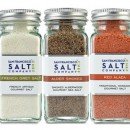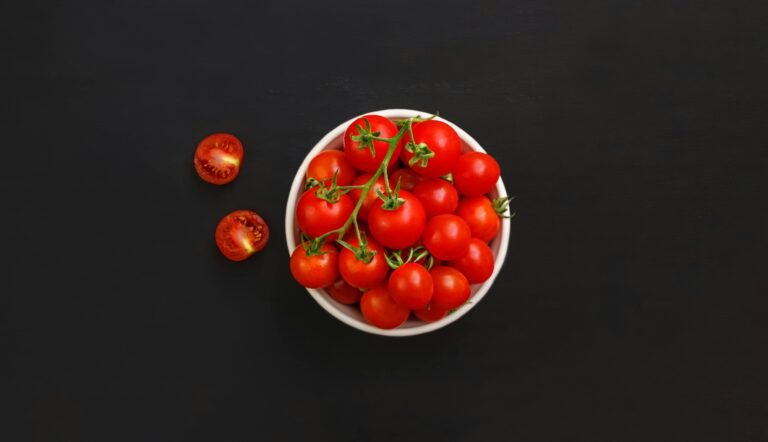Easy things to live better: use whole sea salt
Sometimes to adopt a healthy lifestyle and a correct diet the important thing is to make small adjustments in your diet : one of these is salt. Many people believe that a low-salt diet reduces blood pressure, but salt does not raise blood pressure . In fact, the salt really raises the pressure. I am hypothetical, and if I have a drop in blood pressure that could make me faint, I take a pinch of salt immediately, or dissolved in a little water. That pinch of salt clears the brain clouded by the drop in pressure, I would say with an almost immediate mechanical effect. If you want research that points out how consuming more salt raises blood pressure, like in one of the many studies that can be found in the Journal of Hypertension, where weekly diets with lower, average and higher salt consumption are often made to detect the consequences on blood pressure (with the same environmental conditions). So yes, salt raises blood pressure, because it creates arterial constriction and causes greater fluid retention. What is not said is that it raises the pressure by a few points: so it is true that it has an effect, but not the effect that we all think about.
 This is why he should not be demonized at all! Eating a strictly low-sodium diet leads to other health risks, and moreover, an important role in our diet and our metabolism is played by salt, indeed, mineral salts.
This is why he should not be demonized at all! Eating a strictly low-sodium diet leads to other health risks, and moreover, an important role in our diet and our metabolism is played by salt, indeed, mineral salts.
Whole sea salt is great because it has iodine , but in other types of salt we find potassium and magnesium, but there are also types of whole salt rich in iron (red salt) and calcium. I have tried a lot of them, and I feel good with Trapani salt, but now, for example, pink salt is in fashion (which has no iodine). Does the salt have to have a color? Actually no . There are perfectly white types of salt that are whole, but most of the time the salt is colored: a dull white, a light gray, but there are also reds and blacks, purples, yellows and even blue ones. Some even have healing properties.
Okay, even whole sea salt alone, which you only have to buy from organic shops, has a cost: depending on the quality, it can cost up to five times more than common salt . But common salt has only trace amounts of sodium and iodine, whole sea salt or any other type of whole salt, even non-sea salt, costs up to five or seven times as much. However, it is a way to have additional mineral salts, even if in minimal quantities. It is no coincidence that there is also a salt with a draining action: it is the salt of Cervia.
It is not a big sacrifice to change salt, bearing in mind that we must not use it slowly, but always with intelligence.





























+ There are no comments
Add yours